Eventmania and overtourism are ravaging the West
The locals know something about the droves of tourists and transplants in the West ... they drive huge demand for entertaining events and go where the 'gram is. The damage done is unreal.
Posts on The Fleeting West are written and posted quickly and are often edited for clarity and quality later. For the best experience, see the copy on the website for the most up-to-date version.
I’m at that point in my life where I’m somewhere between young and old, green and wise, and optimistic and pessimistic. In that, I’m now able to see over both sides of the hill — what life was like and what life will be like. I know more about what to worry about and what not to. And I know what good is and what bad is.
As I’ve watched my home range in the American West change over the last 40 some years, and I’ve been acculturated to the place through generations of people who have also called this place home, I now know what was good, what’s bad, and what to worry about and not.
All of that doesn’t come without some bias, of course. Most of my family is rooted here because they didn’t want to live in the urban scourge of the eastern and southern U.S., or the hyper-growth and hyper-urbanization of the country of California. And we didn’t want to live in the sprawling suburbs of the Midwest. We landed here to stay as far the hell away from all that as we possibly could.
We found the interior West to be home because it wasn’t all of those places. It wasn’t hip, it wasn’t happenin’, it wasn’t full of people, money, and Disney/Neverland entertainment by and for the masses. Instead, we were ready to make due with whatever was around us and viewed the lack of human-spun resources as a natural throttle to prevent all that crap from encroaching. Which is an entirely different mindset than all of the people moving here today.
New Westerners need events to make the West feel like home
There’s something I’ve known about “new westerners”1 for a long time … they can’t seem to understand and enjoy the place the way my family and I, and most other similarly-rooted Westerners have. They need exciting events to get into crowds and bustles of people.
They need street vendors, kitschy tchotchkes to buy and adorn themselves with, and they need to see other people like them.
They need some canned live music from John Denver impersonators and other descendants of the transplant-anthem2 music genre.
They need to go be seen in their flannel shirts, trucker hats, and river-runner sandals — all the things they picked up months after they moved here to reinvent their identities with a costume that makes them feel like they’re one of us.3

It’s a definite thing. It’s a cultural phenomena. And it’s also intra-national colonialism.4
I don’t mean to sound like I’m a No-Fun-Billy, but here’s the thing; Most of the local people who are truly rooted here are here to escape … all of that crap. We abandoned it all, generations ago.
My sense of fun is not derived from wearing a transplant costume in crowds of people. If I wanted that, I would go live in New York, California, parts of Texas, or most of the rest of the eastern U.S.. I know there are hundreds of thousands of people from the American West who agree, maybe even millions.
My sense of fun and place doesn’t come from hearing urban noises around the clock. It comes from going out and wandering places that don’t have human infrastructure, or that are entirely interesting because of the abandonment of human infrastructure. I want to spend my time getting ready for those outings — not wandering around some staged event, shoulder to shoulder with unfamiliar people who are misguided as to who they are, why they’re here, and who have mistaken their Western costumes for an authentic experience.
The people driving this new scene don’t seem to understand that the scene in the movie, Dumb and Dumber, where Jim Carrey’s character is wearing his Western getup, is actually a play on them.5
The explosion of event-mania is here
Have you ever had to change the route of your trip because of a mega-event in your way? That sounds strange, so let me explain.
When I was a kid, my family spent a lot of time wandering around deserts and mountains in the interior West. We mostly had the place to ourselves, in part because of the fact that there were half to less than half as many people in this region 30 years ago than there are today. The other part because few to none were interested in going out to “the middle of nowhere” and to places where there wasn’t human-made infrastructure and entertainment. After all, the ‘80s and ‘90s were defined by city life being the best life — the New York Minute (The Eagles)6, the Walking in Memphis (Marc Cohn), Lights (Journey), and many more popular songs and media capture that condition.
The outdoor industrial complex7 changed that, of course, which was explosively amplified by the rise of the internet, social media, and the variety of “eco” movements that have grown out of America’s various collective cultural identity crises.
It became clear to me about a decade ago that we were entering some new phase of eventmania8 in the West.
I was on a previously remote backroad outside of Moab, Utah, in a place my parents had taken me as a child. I’ve been back to this spot many times and know every road along this plateau edge, and have numerous spots I’ve camped over these years, always quite alone and with easy solitude.
On this day about 10 years ago, my jaw fully dropped at the sight of about 60 cars parked every which way off the side of the road, haphazardly off the road on the soil, with cars jammed tightly up against pinion pine trees, some were definitely illegal distances off the road.
I hadn’t ever seen anything like it out here.
Slowing, but not thinking to take photos because it was so utterly preposterous, I kept going, hoping to find my usual camp spots open, given the new-found interest in this spot.
Just up the road from the camp spot, I found the crowd. It turned out to be base-jumpers using the cliff edge as a spot to jump off of. Funny, because I knew the cliff edges here were steep — that’s why I liked the place so much.
They had parked their cars, then blazed across the desert without any dedicated trails and decided to just make their own mega-path through the cryptobiotic crusts out to the cliff edge.
As I processed what I was seeing, I realized that this place had just hit “The Map.”9 The map it hit was the internet and exposure to anyone who wanted to be exposed to it.
As I rolled past, I was already working on a concept that became The Fleeting West — and this was one of the events that triggered its inception.
This scene was riddled with signs that these individuals were merely a lump on the skin of an already cancer-infected body, about to spread a horrific new reality across the West.
Eventmania just gets bigger, and bigger, and bigger
We’ve always had some eventmania that felt a little itchy. Back in the ‘80s, the Easter Jeep Safari was a pretty nasty optic and some of us knew it spelled bad things for the deserts of Utah and for those of us who weren’t joiners and thought the place was great as it was — and without hordes of people.
Now, you can drive by once remote towns in the interior West that were previously entirely tied to mining, logging, and ranching, and there will be some circus-tent-city event that anyone can go join or watch.
That’s key to understanding this — the newcomers have to be able to watch something and be tickled by the novelty of what they’re seeing over what was offered in their home towns.
Now, it’s running races. Mountain bike races. Foot races, and tortoise-and-the-hare running events, outdoor art shows, staged farmers’ markets, road bicycle races, marathons, triathlons, ultra-marathons, rock-crawling competitions, and so on and so on.
Because when you go West, you gotta get in on the athleticism here, Bro!
(Yes, I’m making fun of the colonists with the “Bro” suffix there.)
In these new events, there are a couple trends. Few to none of the joiners10 are from here. Few to none of the organizers are from here. All of these events are by and for a specific audiences — just like a Buffalo Shoot off a moving train.
It’s not the locals who want or need the glam of these urban joiner-centered events — or what the transplants and tourists have subversively branded, “community events.” Uh, yeah, for what community, Candice? (Clearly not my community.)
It’s entirely curated by and for those who can’t function in a place without a programmed event, something to guide them into a place, or some piece of novel entertainment they can interact with.
Which reveals an interesting reflection of these people — they seem to not be able to function outside of human-curated spaces.
The spread of Eventmania into wildland areas is an externality smorgasbord
In recent years, I’ve noticed that events are spreading into wildland areas more and more. What I mean by ‘wildlands’11 are places that don’t have much or any infrastructure intended to support large numbers of people all at once, and that requires some skill and intention to operate in without causing politically volatile damage to.
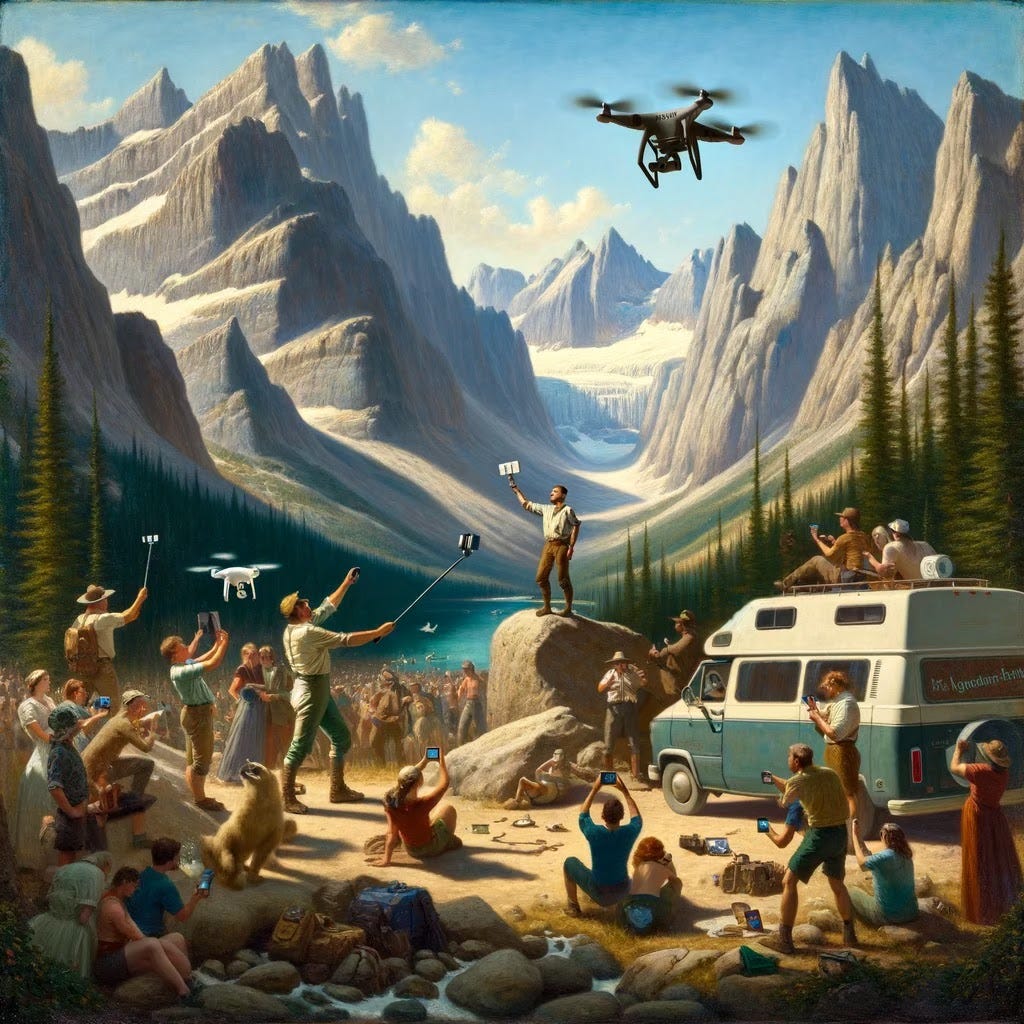
A couple events that really stand out are ultra-marathons that started a few years ago and are held somewhere in Utah’s deserts and Colorado’s mountains.
In the spirit of not using the internet to fuel destruction and closures, I’ll speak vaguely about these events.
These events started out small — with only a few people who could travel on foot more than a couple hundred miles over about a five day period. These are long races, and yes, there are people who are doing and watching events like this. And, yes, lots of medical bills, throwing up, and mentally ill over-exertion. Exhibitionism and ego-masturbation at its most extreme.
In both events that I’m referring to, the organizers were tourists/transplants. They run entertainment companies that they put these events on with, and they charge participants a heavy buy-in to join the races.
In both cases, the races are large loops that are started and finished — not loops that are smaller and done multiple times to achieve a total mileage.
The interesting bit is that these races all use backroads and trails to make their events possible. These roads and trails aren’t paved — they’re dirt — and they’re definitely not the kinds of roads and trails that were sized to hundreds of runners and support travelers. They’re just old mining roads and locals’ trails through what were once remote and largely overlooked areas.
If you’re wondering what the harm is, well … When these places weren’t on The Map, they were pretty much just lines on the land that the local people, ranchers, and miners used to get to and from places. The mines have mostly dried up for numerous reasons, and the roads mostly remain.
The single-track trails are often widened by these events as participants step off the trail, cut corners, and so on.
Did the local people want their trails trampled out to the size of a highway? Nope, definitely not. Can they say anything about it to stop these event organizers? Nope, definitely not going to work — they can say whatever they want, but the organizers will just keep plowing forward.
The externalities generated by these events are too complex for a short-form blog post, so here are the highlights:
Events in wildland areas in the West cause damage to places the local people have traveled for generations - and in some cases, millennia - these places don’t belong to the event organizers
The local people have ZERO enforceable rights to try to stop the events
The arguments from captured land agencies and local governments is always that the event is “good for the economy” — and you can never argue with that
Events often leave tracks and trash everywhere, which then gives the local governments and the captured land management agencies the ability to argue for more infrastructure — Pit toilets, improved roads, trailheads, removal of camping rights, and so-on. Despite few to none of the locals wanting more Disneyland amenities installed, since we like the place the way it is.
The local people pay all of the taxes for the event management, the ensuing infrastructure improvements and signage, and for the imminent exposure of places previously exposed to overuse and misuse. Did we want to pay for events that we don’t want and wouldn’t participate in if we were paid to?
These events expose places outside the tourist Eye of Sauron (aka. trip reports, social media posts, etc) for further exploitation later, and to share online to drive other people there, too … despite the place not being ready for that many people, and really belonging entirely to the local people.
Overall, the negative externalities from eventmania in the West is driven entirely by outsiders and the externalities are all fully burdened to the local people. The locals pay the taxes for event management, the locals pay the taxes for the new inevitable infrastructure, and the local people then get shut out of their own land by the infrastructure that helps to make the place familiar and fun to the transplants and tourists who inevitably takeover any place with a view or novel feature.
When you account for it all, the list of damages far outweighs the economic benefits.
Overtourism is part of eventmania and the West is in deep
Another thing I know from talking to as many transplants and tourists as I can about why they’re here is that they perceive this place to be beautiful and fun. Heh, yeah, tell me about it?
One of the ways I know we’re in a state of overtourism is that we’re seeing mass development of infrastructure and fee structures for most open land areas in the interior West.12

Overtourism is evident when you have so much tourism, it becomes miserable for the locals and they start to lash out. We also have mass censorship happening by our regional newspapers when locals write their dissatisfaction into the paper, and automated comment removals stripping away criticisms from popular social media platforms. Don’t ask me how I know.
Overtourism is a hard one to articulate to an outsider, because in most of the peoples’ minds moving to and touristing the West, more people isn’t a problem — it’s a sign of a bustling economy and a place worth being.
Despite that being counter to most of us local people who never wanted to live in Bummfuck, New Jersey, or Rattown, New York, or Anusville, Ohio … if we wanted what they had where they came from, we would just live there, too. Lord knows there’s abundant water, food, housing, and programmed experiences in those places.
As overtourism sweeps the interior West, there are major changes that come about as a result. Since the internet has helped to expose all of the places on the map to anyone who wants to go see what they already saw online, but few of the places exposed have adequate infrastructure for a huge and entirely novice audience, the end-game is new infrastructure to make it comfortable and safe for them to be here.13
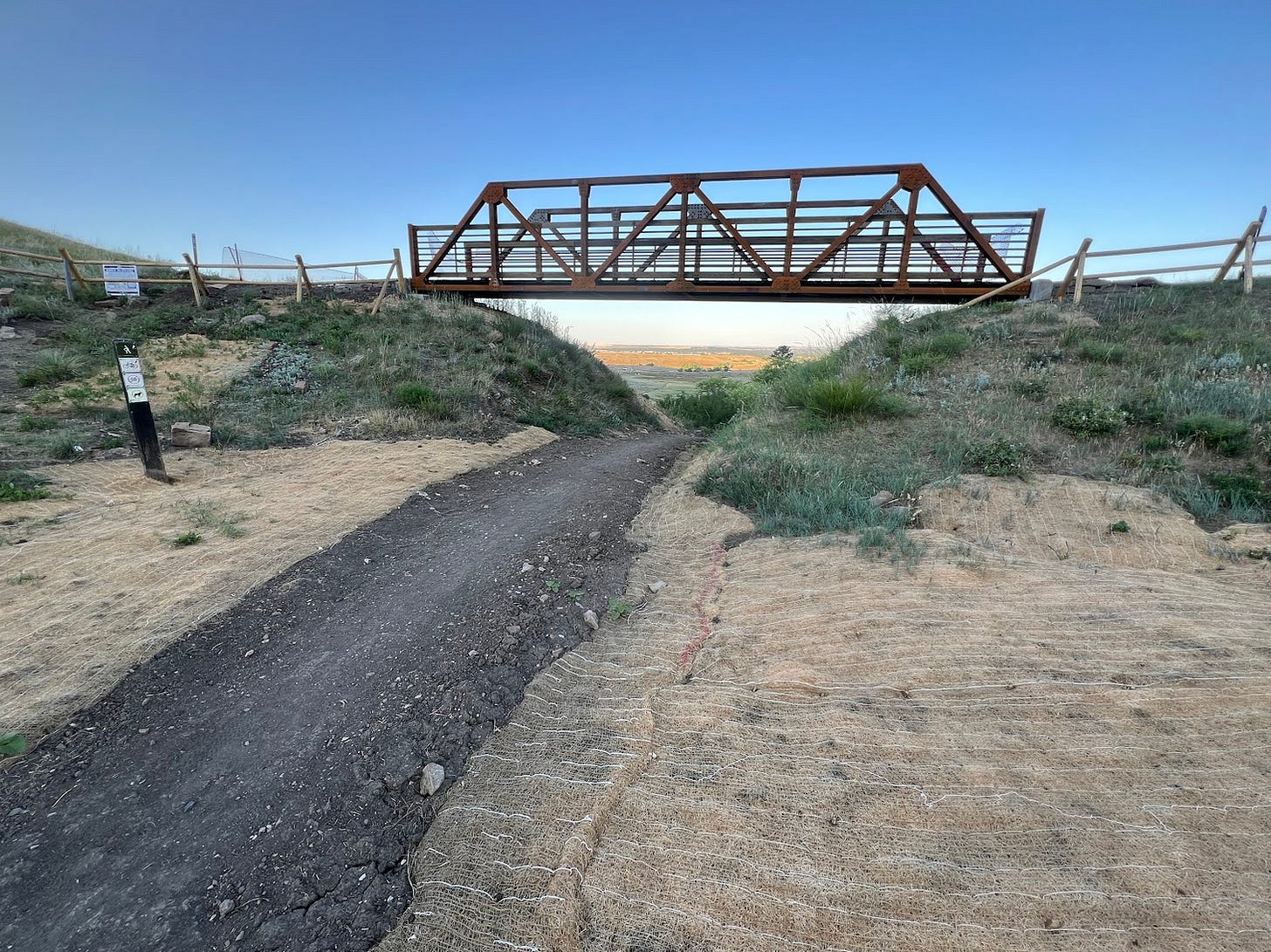
Infrastructure sounds great to someone who likes the city life — to someone who enjoys traveling the human-dominated space, and who likes all the safety, entertainment, taxes, and other accoutrements that Disneyland, malls, and national parks come along with.14
But to those of us who never needed infrastructure to understand the non-domesticated space, and we instead adapted ourselves to the place, these new installations are incursions into our space and takings of places from us that we’ve made use of for generations. In that, overtourism starts to look at lot like an organized occupation.
Overtourism and eventmania are colonial in nature
Given the whole economy and ecology of eventmania and the inevitable cascading impacts, the effect is organized development of wildlands and the places that locals have made use of for decades, generations, and even millennia.
Did these places need to change to be better? No — and I don’t mean that as a soft, ‘no’, I mean absolute-fucking-hell NO.

I’m not sure how to be clearer with our transplant and tourist occupiers, but the West isn’t better with all this garbage. It isn’t better with pit toilets every half mile. It isn’t better with parking lots going down to museumified tourist points of interest — of which we were once able to regard simply as a natural part of our home area.
The West isn’t better with thousands of miles per year converted from wildland roads and trails over to improved roads and trails that make it safe to drive your city car on and have a cute little tourist experience. And it’s not better with highly controlled recreation experiences complete with movie theater crowd control stanchions (you know, the round ones that hang from posts and are often made of seat belt material or velvet fabric.)

None of the locals want this crap, yet the crap keeps getting installed against our wills, and while using our money to make it all happen … that smells an awful lot like burglary.
Eventmania and overtourism are a pure Wicked Problem
What I’m talking about here is a pure “wicked problem”15 — it’s complex, there are numerous parties at work, numerous visions, and all managed by incompetent and ill-suited agencies who have been positioned as “land managers.” I get that it’s an impossibly difficult topic, and that those on the outside experience it differently than we do on the inside.
Those on the outside don’t know a world without toilets, trashcans, signs, and curated entertainment everywhere. They don’t have anything written into their mental software that allows them to understand landscapes without human development and pathways to follow where others lead them.

They find trailheads, museumified signage, controlled recreational spaces, entertaining points of interest, and easily accessible bathroom facilities to be a truly good thing. Anything that keeps them wondering about what to do or where to go sends them into a state of boredom or fear. Hell, some of them can’t process open and uninfrastructured land, so they start whittling and hacking on trees since there doesn’t seem to be anything else to do.
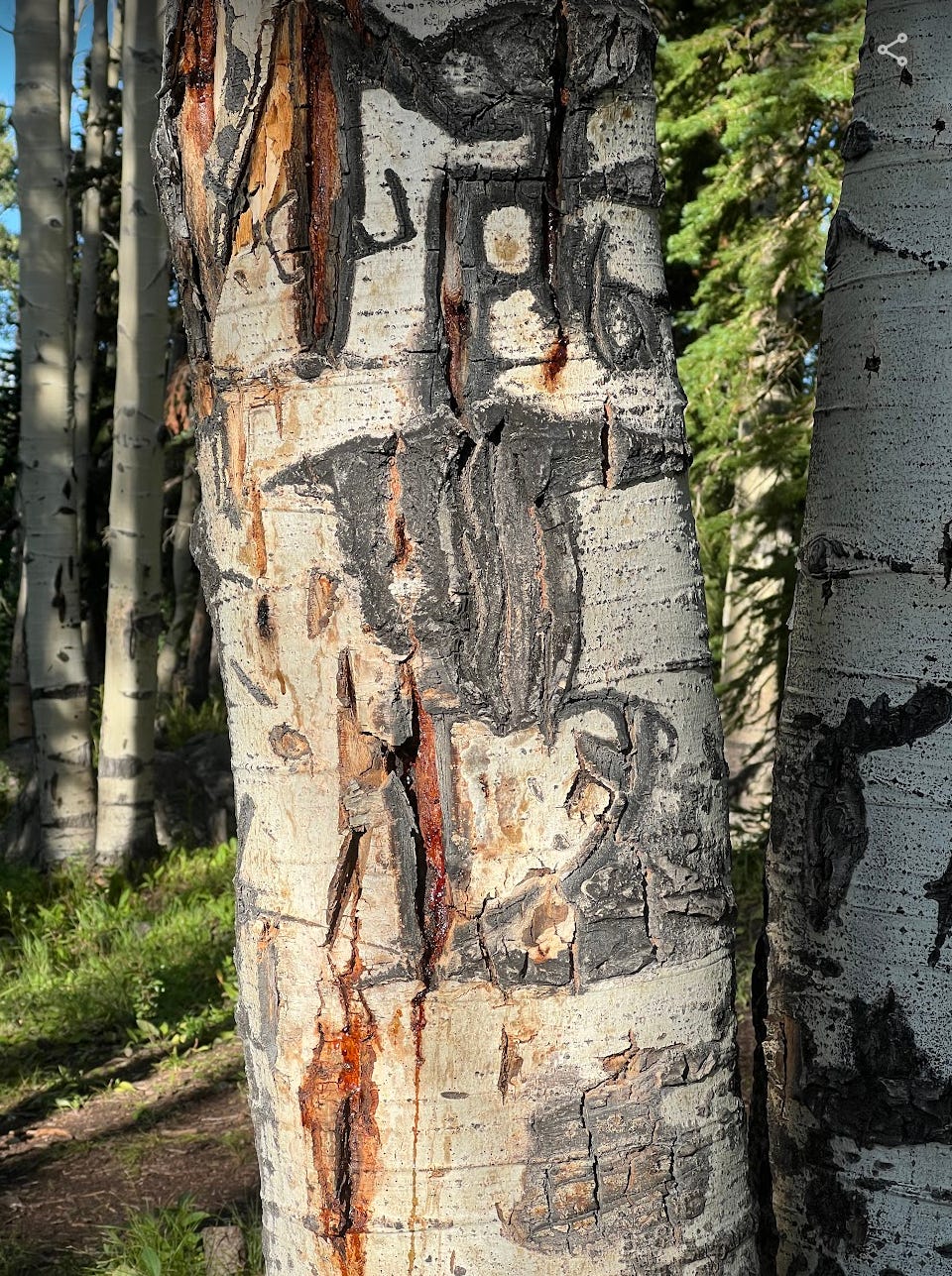
Most of us locals are the opposite. We don’t like cities. We don’t like canned experiences. We don’t enjoy being guided through entertainment, like everything is a museum. We like thinking for ourselves. We like using maps, and wondering what’s out there. We don’t use social media to find the next place we want to go — we just go find it on our own. We don’t need bathrooms every 500 feet because we know the plants all could use some extra water.
The wicked problem of eventmania and the ensuing overtourism is that it’s the antithesis of the local people, yet it’s a primary driver bringing people from outside the region here in mass.
They know they’re supposed to love these places because it’s the hot trend to buy costume pieces from REI and pretend you “love Nature”16 in the fabled-West, but the sad truth is that the evidence and their impact is the antithesis of authenticity they seek. Not to mention their false belief that they have any regard for so-called ‘nature,’ or for the people who carved this space out to begin with. In effect, we have a complex case of intra-national colonialism sweeping the interior West, and the people participating in these events brokering their conquest with the dollar as their ammunition. Overtourism and eventmania in the American West are wickedly problematic, to say the least.
The Fleeting West is written by a rooted Westerner embedded with generations of experience with open land and a close eye on the intra-national colonists working to convert every last inch of the place to a consumable and familiar space to them.
Footnotes and Citations
The New West - This is a term used in historical and cultural studies to describe the social, economic, and environmental shift from the “old west” to what it is today. See writings by P. Limerick, N. Campbell, R. Winkler, and more …
Transplant Anthems - Songs and other media written by and for transplants to help position themselves in a place with authenticity, even though they’re culturally antithetical to the place. E.g., John Denver’s songs about Colorado, despite not being from Colorado or appealing to any rooted or real Coloradan.
Where your mind formed matters — it programs how you interact with the world around you and what experiences are good and bad. More about that here …
See the following scene from Dumb and Dumber where Jim Carrey’s character dresses like John Denver …
City-life was hot in the ‘80s and ‘90s — especially life in New York, evidenced by mass media and songs about city life … See:
More about the outdoor industrial complex here:
Eventmania - my new word that takes “event” and “mania” and smashes them together to describe a cultural phenomenon — the rise of mega events and events everywhere as a way of bringing people together in large groups who never would have come together otherwise in a place they would never have known about.
Joiners - People who have to join events and groups to feel a sense of belonging, purpose, and to movitvate them to do something. A primary function of the “poser” archetype. Worthy of note, not all people are joiners and are highly capable of doing things on their own without hordes of people to fuel their group-think.
An early explanation of wildness here …
In addition to new infrastructure and fees for tourism, mass closures are sweeping the West right now …
More about how novice and new users are changing the face of public lands in the West here …
More about the infrastructure-loving tourists here …
Wicked Problem - It’s a term I learned about while studying public policy in terms of land management and working with multiple stakeholders. I can’t remember which academic came up with this, but since it’s been over 10 years since I read about it, I’m just going to use it without citation. Maybe Rittel and Webber, T. Ritchey? Bygones.
… after all, the outdoors are the latest fashion accessory. More about that here …





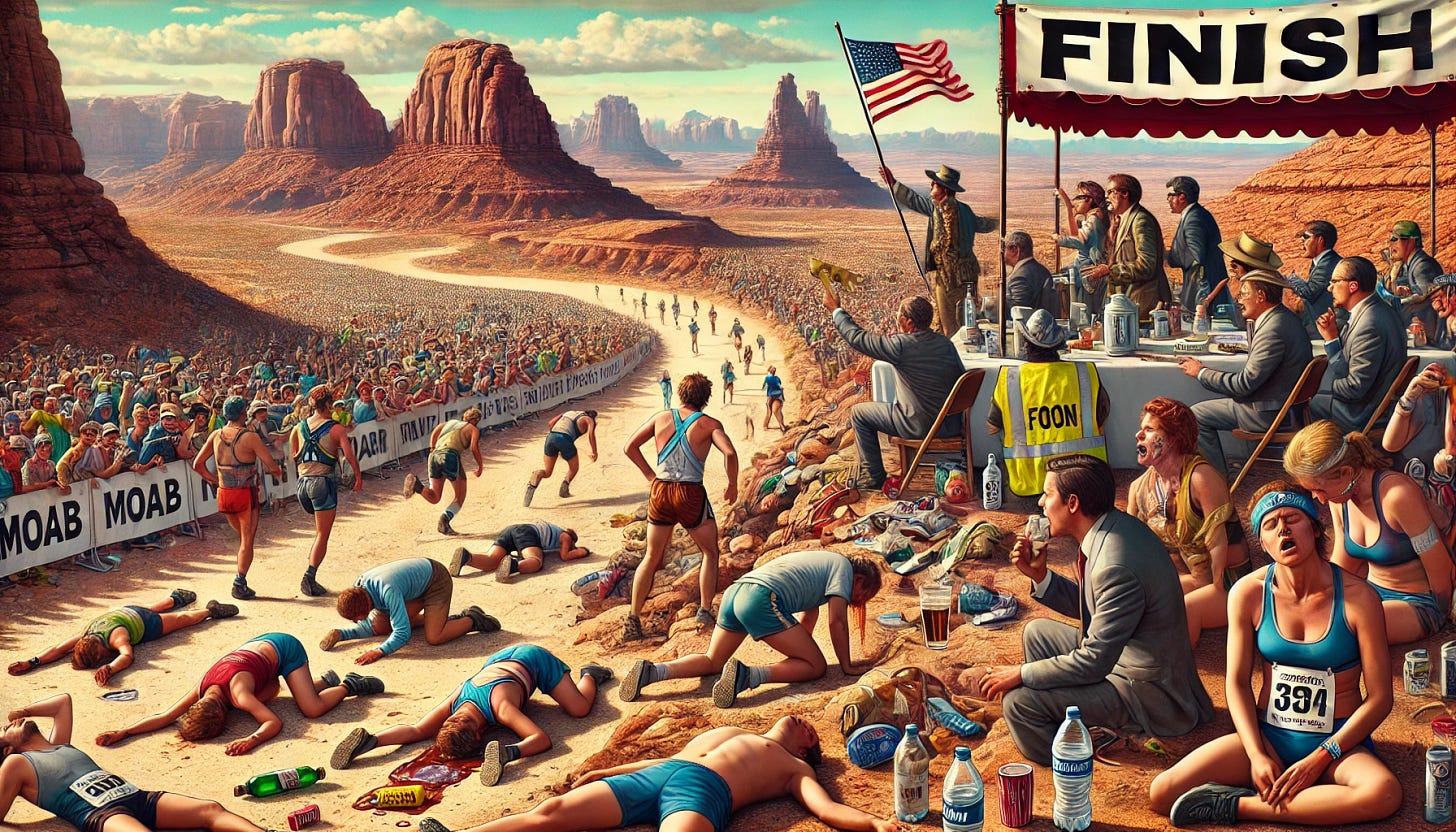

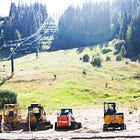
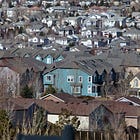

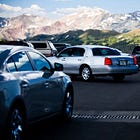
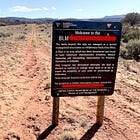
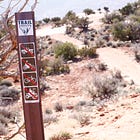
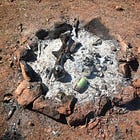

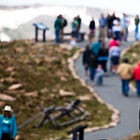
Like this?
https://www.reddit.com/r/funny/comments/71268i/my_parents_are_touring_china_and_spotted_this/#lightbox
Thank you for writing this (and all of your other essays so far). I was recently treated to a half hour delay for event traffic while trying to get over to Zirkel where I was greeted at the trailhead (i.e. parking lot) with about a half roll of used TP scattered around and exactly zero birdsong or any other sign of non-human habitation along the trail. The struggle is real and I think you're right that it's going to get worse before it gets better.